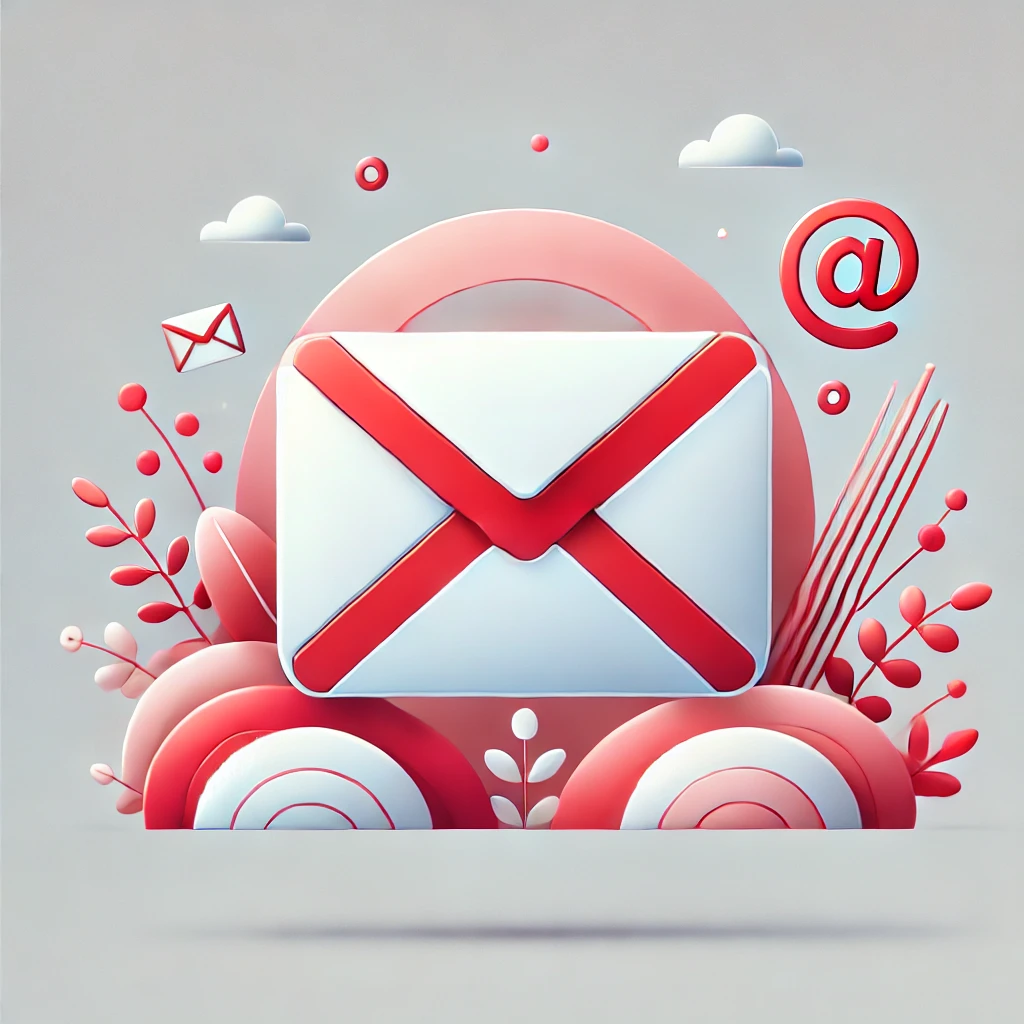In the digital age, email has become a cornerstone of professional and personal communication. Among the most popular platforms are Google Gmail and Microsoft Outlook. These platforms offer robust features for managing correspondence, scheduling, and collaboration. Understanding the capabilities of users who juggle Gmail and Outlook and learning how to integrate them can streamline productivity and enhance communication. This comprehensive guide explores the features of Gmail and Outlook, outlines their integration process, and provides answers to frequently asked questions.
Overview of Gmail and Outlook
Gmail
Gmail is a widely used email service known for its simplicity, integration with Google Workspace, and advanced spam filtering. It offers 15 GB of free storage shared across Google services and supports multiple productivity features, including email scheduling, customizable themes, and seamless integration with Google Drive.
Outlook
Microsoft Outlook is a product that combines email, calendar, and task management into one platform. It is particularly popular among corporate users for its robust security features, compatibility with Microsoft Office, and ability to integrate with multiple email accounts. Outlook’s intuitive interface and advanced filtering options make it a reliable tool for organizing professional correspondence.

Features and Benefits
Key Features of Gmail
- User-Friendly Interface: Gmail’s clean and minimalistic design makes it easy to navigate.
- Integration with Google Workspace: Direct access to Google Drive, Docs, Sheets, and more enhances productivity.
- Smart Features: Includes email snoozing, smart replies, and advanced search options.
- Advanced Security: Two-step verification and AI-powered spam filtering protect users from phishing and malware attacks.
Key Features of Outlook
- Integrated Calendar: Schedule appointments and manage tasks seamlessly.
- Focused Inbox: Automatically separates important emails from less critical ones.
- Compatibility: Supports integration with external accounts like Gmail and Yahoo.
- Robust Security: Advanced encryption and malware detection protect sensitive data.
How to Integrate Gmail with Outlook
Integrating Gmail with Outlook enables users to manage both platforms from a single interface. Follow these steps to successfully configure your accounts.
Step 1: Enable IMAP in Gmail
IMAP (Internet Message Access Protocol) allows Gmail emails to be synced with third-party applications like Outlook.
- Log in to your Gmail account.
- Click the gear icon in the upper-right corner and select See all settings.
- Navigate to the “Forwarding and POP/IMAP” tab.
- Under “IMAP access,” select “Enable IMAP.”
- Click “Save Changes.”
Step 2: Configure Gmail in Outlook
- Open Outlook and go to File > Add Account.
- Enter your Gmail address and click Connect.
- Enter your Gmail password and allow Outlook permission to access your Account.
- Once connected, Outlook will automatically sync your Gmail emails.
Step 3: Verify Server Settings
For manual configuration, use the following server settings:
- Incoming mail server (IMAP): imap.gmail.com, Port: 993, Encryption: SSL.
- Outgoing mail server (SMTP): smtp.gmail.com, Port: 587, Encryption: TLS.
Troubleshooting Common Issues
- Error Logging into Gmail from Outlook
- Ensure that IMAP is enabled in Gmail.
- Check if your Gmail account requires app-specific passwords due to two-factor authentication.
- Emails Not Syncing
- Verify server settings and ensure the internet connection is stable.
- Restart Outlook or refresh the mailbox.
- Delayed Email Delivery
- This situation may happen when the server experiences heavy traffic and becomes overwhelmed with requests. To improve the speed of your responses, you can use a dedicated email client, which can streamline your communication.
- Outlook Fails to Connect
- Ensure that Gmail permissions are granted to Outlook.
- Check for updates to the Outlook application and install them if available.
Benefits of Integrating Gmail with Outlook
- Unified Interface: Manage both Gmail and Outlook accounts from one platform, reducing the need to switch between applications.
- Enhanced Productivity: Outlook’s calendar and task management tools complement Gmail’s simplicity, offering a balanced workflow.
- Cross-Platform Access: Access emails, tasks, and appointments from any device using the Outlook app.
- Centralized Security: Protect data using Outlook’s encryption and Gmail’s robust security measures.
Frequently Asked Questions (FAQs)
1. Can I use Gmail and Outlook offline?
Yes, both platforms support offline functionality. Gmail users can enable offline mode in settings, allowing them to read and compose emails without an internet connection. Outlook’s offline mode provides access to emails and calendar events.
2. How can I secure my Gmail and Outlook accounts?
Enable two-factor authentication, use strong passwords, and regularly monitor account activity to prevent phishing attacks. Also, avoid clicking on suspicious links or downloading unknown attachments.
3. What are the storage limits for Gmail and Outlook?
Gmail offers 15 GB of free storage shared across Google services. Outlook provides 15 GB of mailbox storage for free accounts. Both platforms offer additional storage through subscription plans.
4. Can I schedule emails in Gmail and Outlook?
Yes, both platforms allow email scheduling. In Gmail, click the drop-down arrow next to the send button and select “Schedule Send.” In Outlook, compose an email, click Options > Delay Delivery, and set the desired send time.
5. Why should I integrate Gmail with Outlook?
Integration simplifies email management by combining the strengths of both platforms. Outlook’s advanced organization tools complement Gmail’s accessibility, creating a seamless experience for users who rely on multiple email accounts.
Recap: How Can I Use Gmail and Outlook Offline?
Accessing Gmail and Outlook offline ensures uninterrupted productivity, even without an internet connection. Both platforms provide distinct methods for enabling offline access.
Using Gmail Offline
- Open Gmail and navigate to Settings > See All Settings.
- Go to the Offline tab and check the box for “Enable offline mail.”
- Set your preferences, including storage duration and offline synchronization.
- Save changes and access Gmail offline via your browser.
Using Outlook Offline
- Open Outlook and select File > Account Settings.
- Navigate to the Offline Settings tab and enable offline mode.
- Sync emails and calendar events to ensure they’re available for offline access.
By enabling offline access, users can read, compose, and organize emails seamlessly, even when disconnected from the internet.
Conclusion
Gmail and Outlook are powerful tools for managing emails and enhancing productivity. Their distinct features cater to various needs, and integrating them creates a unified, efficient workflow. Whether for personal or professional use, understanding these platforms’ capabilities ensures optimal performance and seamless communication.
Through proper setup and maintenance, Gmail and Outlook can transform the way you handle correspondence, making email management simpler and more effective. By leveraging their strengths and integrating their features, users can enjoy the best of both worlds.



